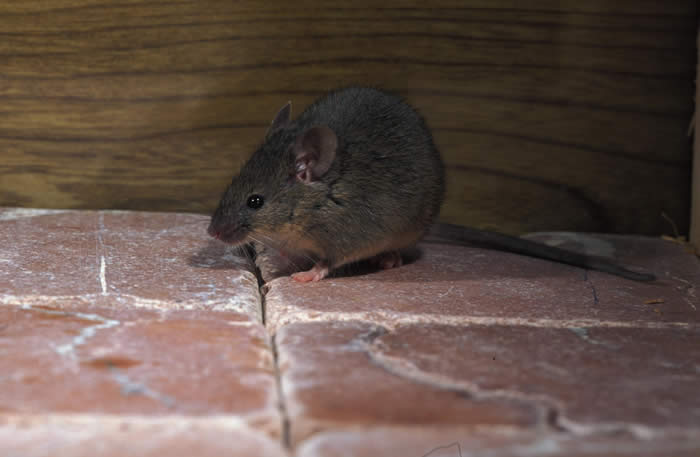Although you may think that mice only take up residence in homes, they can actually show up in your car as well. During the colder months of the year in Canada some people store their vehicles until spring. This means that owners aren’t looking in their cars on a regular basis, which could allow an opportunity for mice to make it their home. Not only is this an unwelcome surprise, but it can also result in damage to your vehicle. Here’s how mice can cause damage to your vehicle and how wildlife control in Vaughan can help eliminate your infestation.
Chewing
One of the main ways that mice can damage your car is by chewing. A mouse’s teeth never stop growing, which means that they have to constantly chew on items to sharpen them. If their teeth aren’t constantly sharpened, they could grow to a point where it would be impossible for the mouse to eat and therefore result in death. Common items that mice chew on include:
- Wood
- Rubber
- Plastic
- Vinyl
- Aluminum
The only material that mice tend to stay away from is steel wool. Not only do they have a difficult time chewing through it due to its durability, but the rough edges can also scratch their noses. However, the problem with using steel wool to seal off cracks and crevices in your car is that mice can easily pull it out of an opening using their feet.
Nesting
Mice will often take advantage of the various materials in your car to create a nest for themselves. They tend to harvest the nesting material from carpet insulation, interior upholstery or hood liner insulation. Common locations that mice build nests in include:
- Trunk
- Engine compartment
- Air conditioner ducts
- Heater blower motors
- Beneath the center console
- Behind plastic panels
Droppings
Considering that the average mouse can leave behind 50 to 75 droppings a day, it’s no wonder that they can cause serious damage to your vehicle. Mouse droppings appear as small black pellets with pointed ends, while their urine has a strong smell that’s similar to ammonia and often leaves behind tough stains.
Not only do mouse droppings have an unpleasant odour, but they can also be hazardous to your health. These droppings can carry various diseases, such as hantavirus pulmonary syndrome, that can spread to humans through touch. Be sure to contact wildlife control in Vaughan to safely eliminate them from your vehicle.
How Do You Know There Are Mice Living in Your Car?
Since mice are known to chew through various materials, upholstery damage is one of the major signs that rodents are living in your car. If you find holes in your seats or missing insulation, this can be a clear sign that mice have taken up residence in your vehicle. Additionally, if you notice any strange odours, especially emanating from the air vents, there’s a good chance that these are due to droppings.
How Can You Keep Mice Out of Your Car?
To reduce the likelihood of mice infiltrating your car, make sure that you don’t leave any food in your car, especially overnight. You also shouldn’t let your car sit for too long, as this can cause the mice to get comfortable and start building a shelter. Installing mesh to cover openings where mice can access ventilation is another effective way to ward them off.
Although there are several steps that you can take to keep mice out of your car, rodents are extremely clever and resourceful, often finding new ways to make themselves at home on your property. Therefore, it’s best to enlist the help of a professional to eliminate your mouse infestation for good.
At Skedaddle, we can safely and humanely remove mice from your car without putting you at risk. With wildlife control in Vaughan, we can give you the confidence that your mouse infestation will be eliminated, leaving your vehicle looking as good as new. Call Skedaddle today to learn more about our mice removal solutions.



